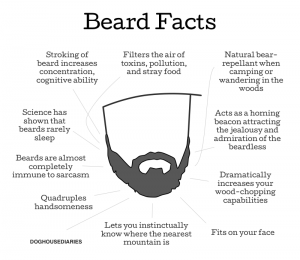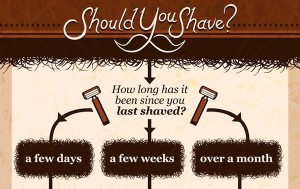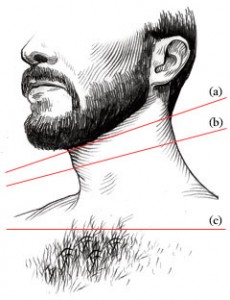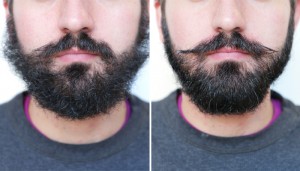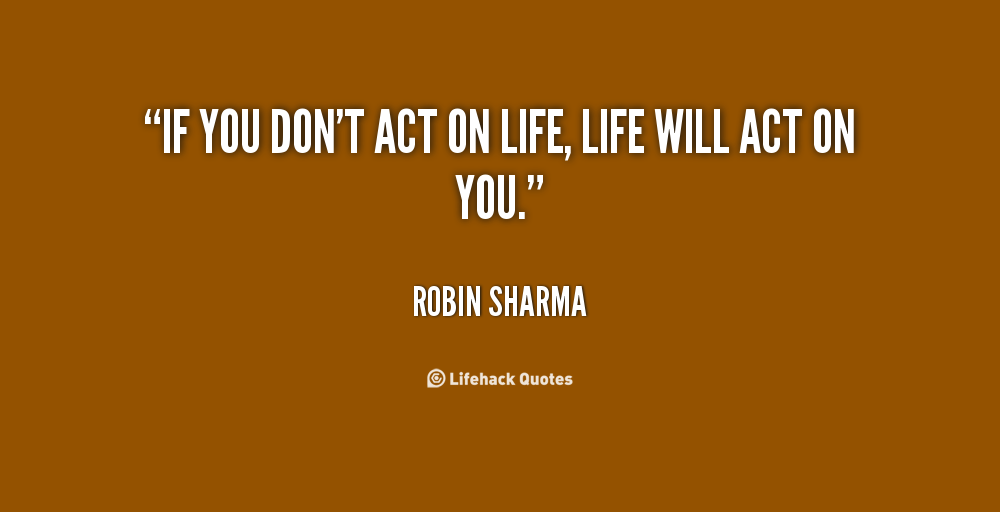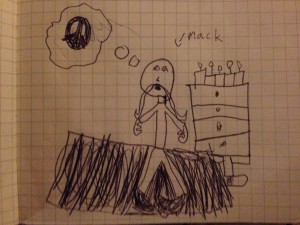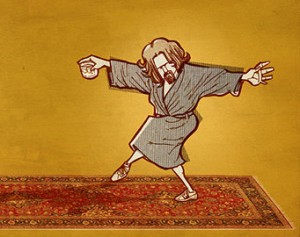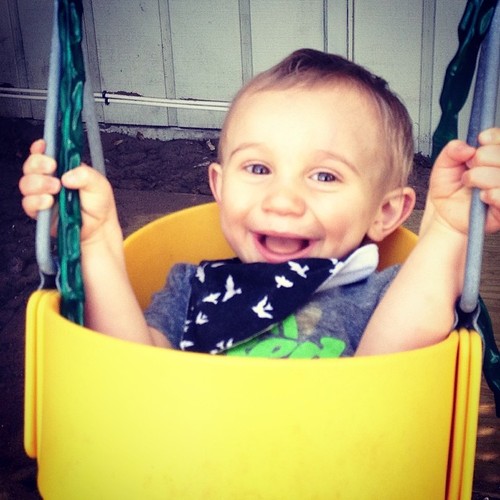 I won’t claim to be an expert on Zen. But I dig the Zen/Buddhist ideas I’ve studied.
I won’t claim to be an expert on Zen. But I dig the Zen/Buddhist ideas I’ve studied.
I’m a big fan of simplicity and minimalism. Both of which seem to have strong ties to Zen.
Simple and minimal also have a broad application to an efficient, productive everyday life – a core focus of the Dude’s world these days.
Including health and fitness.
You can dig a bit further on the Zen philosophy and the relation to minimalism in this blog post:
Rather than a focus on esoteric ideas, let’s use this post to explore a minimal, simple, quick and easy approach to mobility and stretching.
And start to consider an efficient, minimal approach to fitness as a whole.
I’ve mentioned the idea of “mobility” a few times:
- Take Care of Yourself
- Best Exercises to Keep a Dude Healthy
- Dude’s Flow: Off the Reservation
- You Should Stand More
- Everyday Mobility: Every Dude Needs to Move
From my experience, mobility has always been a drawn out approach – from a short and long-term perspective.
I stretch and foam-roll for 40+ minutes almost every day. And I’m still working through deep-seeded damage to muscle groups.
It’s not a quick fix…but neither was the damage.
Progress is being made, but there is a strong time commitment as well.
As I explained in Dude’s Flow: Off the Reservation, my approach to fitness has changed drastically over the last few years, and it is continually evolving.
Efficiency and minimalism are at the core of my fitness approach.
It’s great to see the fitness and health world moving in this efficient/minimal direction as well – forget the gym, use everyday objects and activities, stop over-training, use science to focus on minimal exercises with best impact, get back to nature and use your body.
I could share a long list of resources that are moving in this direction, but rather than an overload, let’s look at a couple recent gems I’ve enjoyed (check my posts listed above for additional links)…
- Tim Ferriss Podcast – Pavel Tsatsouline on the Science of Strength and the Art of Physical Performance: A masters class in strength and fitness efficiency. Do yourself a favor and don’t skip Part II where Pavel answers listener questions.
- Mark’s Daily Apple – Zen and the Art of Calisthenics: This is a guest post by Al Kavadlo discussing the amazing impact of bodyweight training. Awesome. Couldn’t get more minimal. Definitely on my radar for 2015. Check out Al’s new ebook, Zen Mind, Strong Body.
And the motivation for this post – Dan John.
Dan is an impressive dude with a long list of credentials and experiences.
Jumping from one link to another I landed on a post Dan wrote about his go-to mobility exercises:
2 exercises. That’s it!
A big difference from my daily 40 minutes+.
I see value in my slow, deep approach to mobility and stretching. But dang, only two exercises?! I dig. Always room for efficiency.
I’m now working with both approaches. Some days long. Some days short. Dan’s exercises, every day.
Dan sums up his approach to minimal mobility well:
Listen, I KNOW you can do more…I know it! But, will it be better?
Checkout Dan’s great explanation – Two minimal mobility movements:
- The Windmill Stick
- The Stoney Stretch.
Bonus
Dan shares a great minimalist fitness practice (Pavel says don’t call it a workout) in the same post:
Day One
- Warm up with Turkish Get Up, Goblet Squat, and Swing
- Bench Press
- Snatch
Day Two
- Warm up with Turkish Get Up, Goblet Squat, and Swing
- Bench Press
- Deadlift





